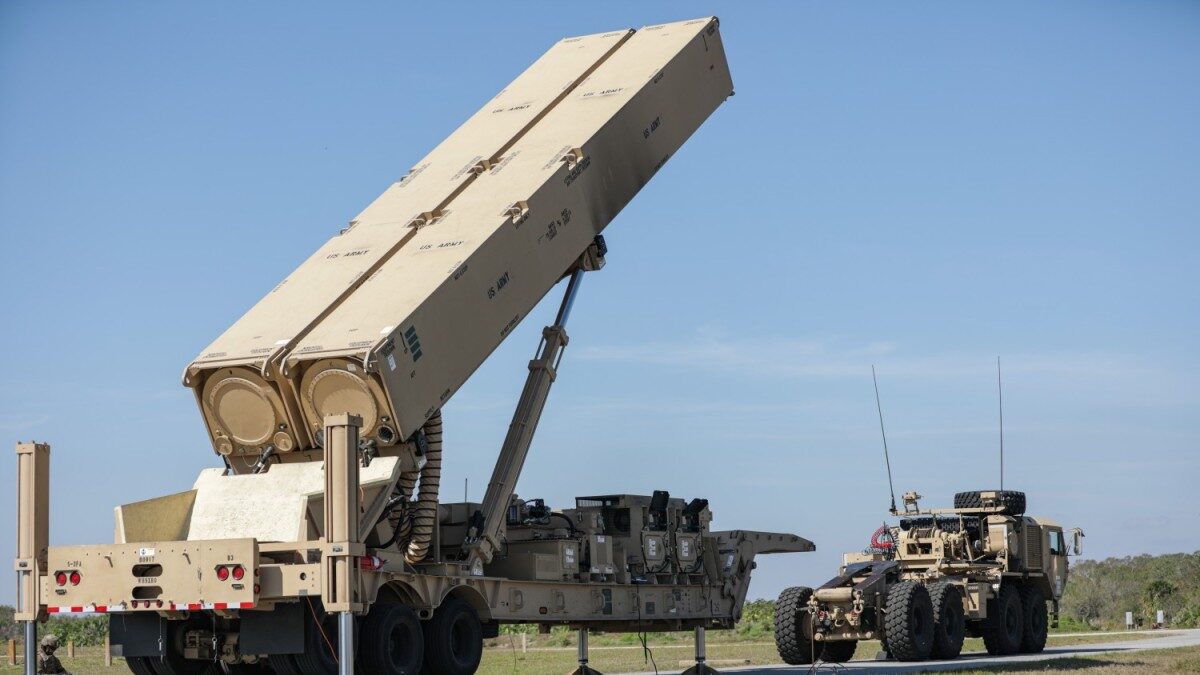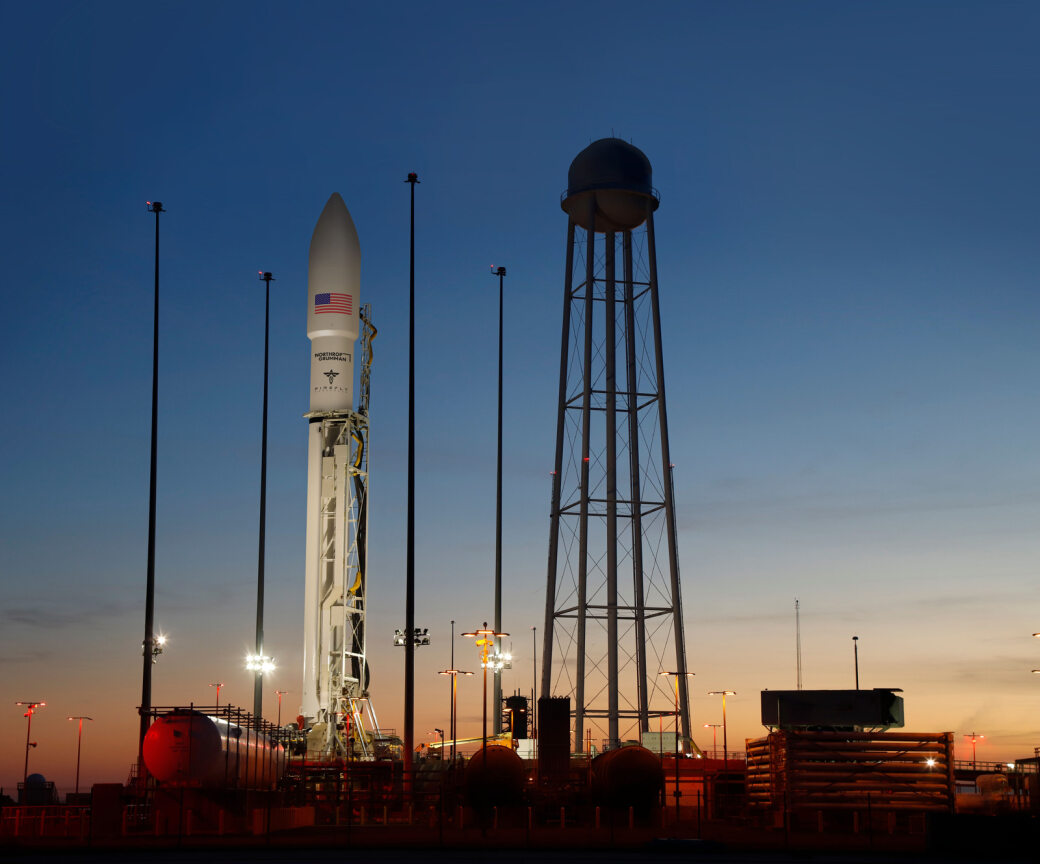
A US Army soldier lifts the hydraulic launching system on the new Long-Range Hypersonic Weapon (LRHW) during Operation Thunderbolt Strike at Cape Canaveral Space Force Station, Florida, March 3 (Spc. Chandler Coats/US Army)
WASHINGTON — Army officials are still determining just what forced them to scrub a late-October hypersonic weapon test, and now it appears unlikely that the missile system will be ready for fielding by the end of the year, according to a senior official.
“I can’t go into details, but it was [a] before-launch problem [that] was detected,” head of Army acquisition Doug Bush told reporters Tuesday about a planned Oct. 26 test.
“It definitely will make it very difficult to achieve our end-of-the-year goal [of fielding the weapon] … but at the same time, the capability is still absolutely needed and the Army is still fully committed to it,” he later added. “I think we’ll figure it out.”
The Army and Navy have been working in tandem on Long-Range Hypersonic Weapon (LRHW) development, which the ground service dubs Dark Eagle. For the Army, the system uses a land-based truck system to fire rounds capable of traveling “well over” 3,800 miles per hour — five times the speed of sound, the common definition of “hypersonic” — towards targets within a 1,725-mile range, according to a March Congressional Research Services report.
Soldiers within the 1st Multi-Domain Task Force long-range fires battalion, 5th Battalion, 3rd Field Artillery Regiment at Joint Base Lewis-McChord in Washington received system components and training in anticipation of becoming the first operational unit with the new weapon by Sept. 30, the end of fiscal 2023.
However, that date was never met due to testing problems that have piled up, including one planned for September that was aborted “as a result of pre-flight checks,” a Pentagon official confirmed at the time. As a result, Army leaders postponed their planned operational date until the end of December 2023.
But that new date is now likely to be pushed back further due to another pre-launch abort decision on Oct. 26 at Cape Canaveral Space Force Station, Fla, an event Florida Today first reported.
“We’re still doing the root cause analysis,” Bush said. “After you have a test failure, you take the thing back, take it apart and the members of the team worked through [with] the engineers on what exactly the failure was and we’re doing that, of course with the Navy.”
“We’re close to understanding what exactly the problem was, which will inform our path to getting back to testing,” he later added.
As both services work to identify the source of the LRHW problem and mitigate it, it’s not all doom and gloom for new Army missile fielding this year. Bush touted the additional reach a Mid-Range Capability (MRC) weapon will soon bring the service.
Also known as Typhon, the Army designed a land-based, ground-launched system for Raytheon’s existing SM-6 missiles and Tomahawk cruise missiles. The goal is to field a weapon with a range in between its Precision Strike Missile, which can hit targets at a distance greater than 310 miles, and the LRHW’s reach, pinned around the 1,725-mile range.
“One compensating factor [for LRWW challenges] is the fact that the complementary mid-range program … has gone great,” Bush said. “That new program is now moving into operational capability.”
“It would have been awesome to have both at the same time but the fact that we got one still adds capability to the Pacific, in particular, is really important,” he later added. “We’ll get the LRHW, but it’s gonna take more time, unfortunately.”












